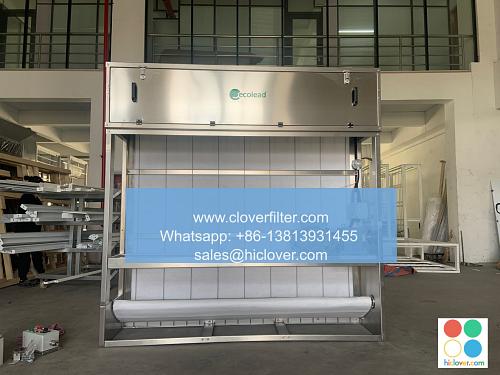Understanding the Difference Between Filterless and Filtered Air Purifiers

As the world grapples with the challenges of indoor air pollution and airborne contaminants, the demand for effective air purification systems has never been higher. When it comes to choosing the right air purifier for your home or office, one of the most critical decisions you’ll make is whether to opt for a filterless air purifier or a filtered air purifier. In this article, we’ll delve into the key differences between these two types of air purification technologies and explore their various application areas.
Filtered Air Purifiers: How They Work
Filtered air purifiers use a physical air filter to capture airborne particles, such as dust, pollen, and pet dander. These filters can be made of various materials, including HEPA filters, activated carbon filters, and pre-filters. As contaminated air passes through the filter, the airborne particles are trapped, leaving cleaner air to circulate back into the room. Filtered air purifiers are effective against a wide range of air pollutants, including particulate matter, gases, and odors.
Filterless Air Purifiers: The Alternative Solution
Filterless air purifiers, on the other hand, use alternative air purification technologies that don’t rely on physical filters. These may include ionic air purifiers, UV air purifiers, and photo catalytic air purifiers. Instead of trapping airborne particles in a filter, filterless air purifiers use energy-based technologies to neutralize or break down air pollutants. For example, ionic air purifiers release negative ions that attract and trap positive ions, effectively removing airborne particles from the air.
Comparison of Filterless and Filtered Air Purifiers
So, which type of air purifier is right for you? Here’s a comparison of the key advantages and disadvantages of filterless and filtered air purifiers:
* Filterless air purifiers:
+ Advantages: Low maintenance,
+ Disadvantages: May not be as effective against certain types of air pollutants, and can produce ozone as a byproduct.
* Filtered air purifiers:
+ Advantages: Highly effective against a wide range of air pollutants, and can capture very small particles.
+ Disadvantages: Require regular filter replacement, which can be costly and time-consuming.
Application Areas for Filterless and Filtered Air Purifiers
Both filterless and filtered air purifiers have various application areas, including:
* Home air purification: Filtered air purifiers are often preferred for home use due to their high effectiveness against air pollutants.
* Commercial air purification: Filterless air purifiers may be preferred for commercial use due to their low maintenance and quiet operation.
* Industrial air purification: Filtered air purifiers are often used in industrial settings where high-level air purification is required.
* Medical air purification: Filtered air purifiers are often used in medical settings where high-level air purification is critical for patient health.
In conclusion, the choice between a filterless air purifier and a filtered air purifier depends on your specific air purification needs and application area. By understanding the key differences between these two types of air purification technologies, you can make an informed decision and choose the best air purifier for your needs. It seems like you forgot to include the prompt. Please go ahead and provide the prompt, and I’ll be happy to help!

